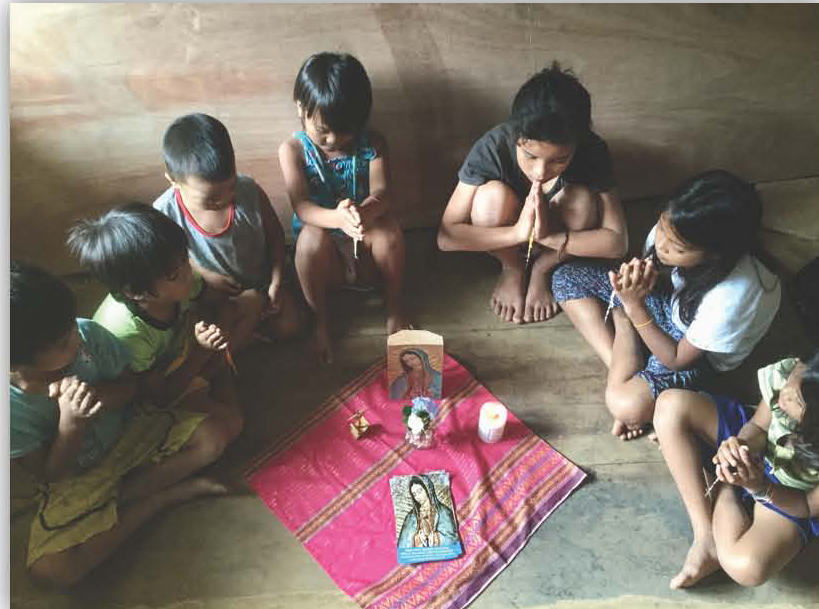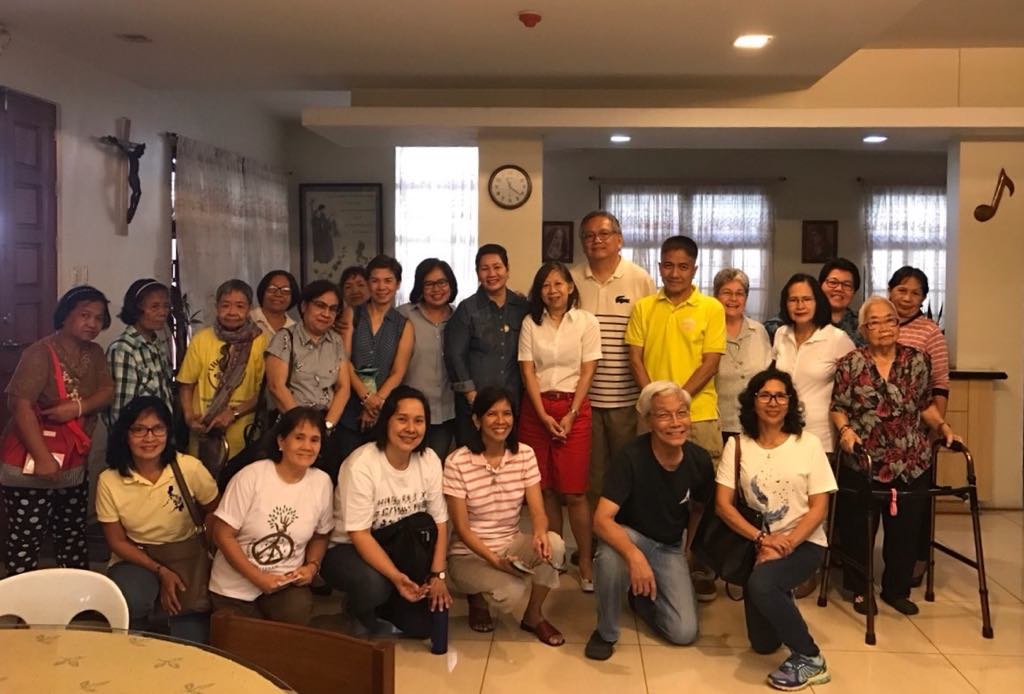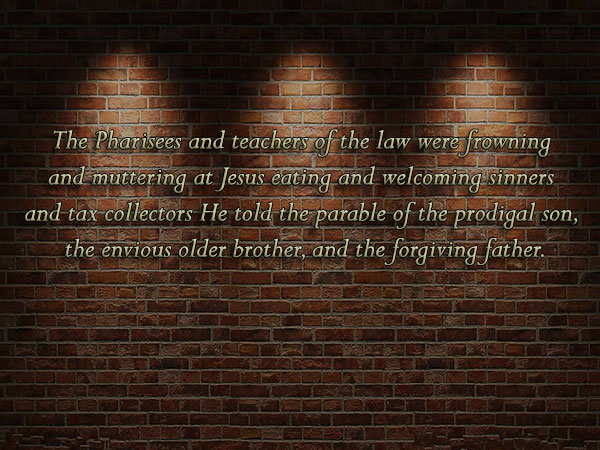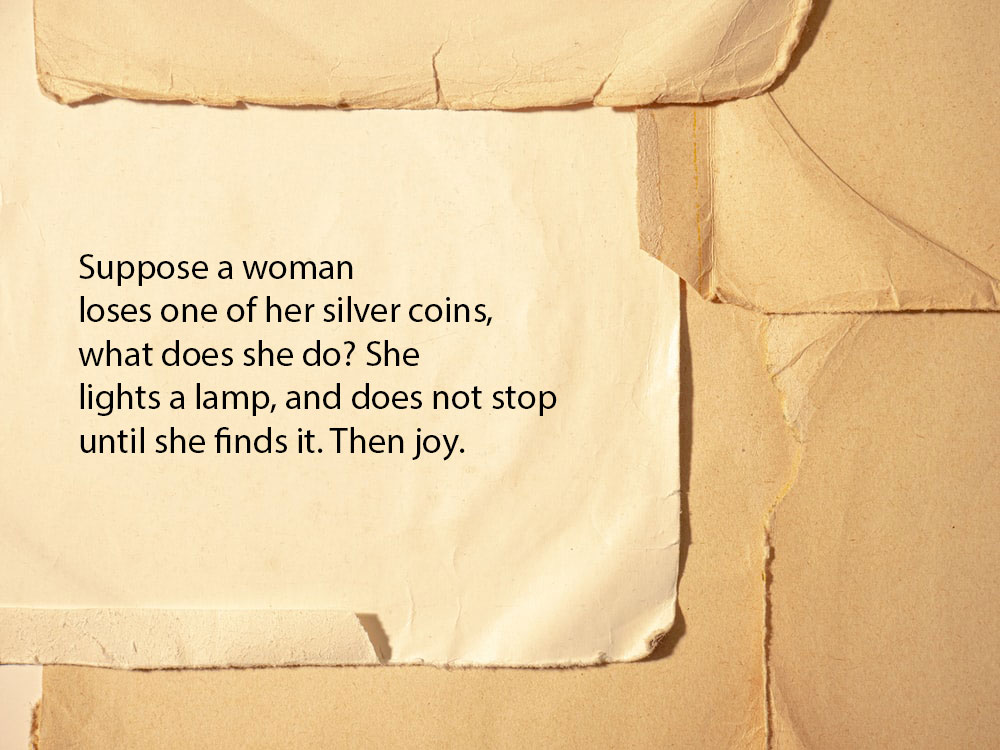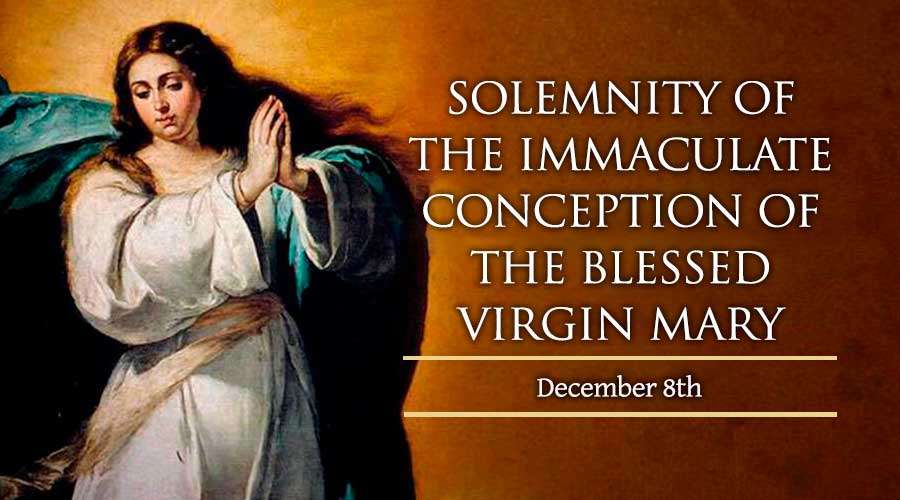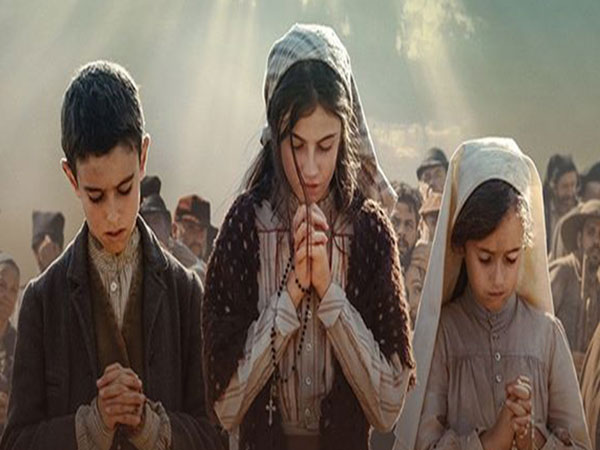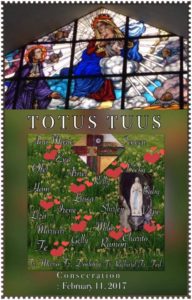 THE NINE-MONTH long Totus Tuus Journey of Marian advocates culminated in a solemn ceremony at the Sto. Cristo de Montfort Quasi-Parish in San Jose del Monte City, Bulacan. Four of the 18 adherents were first-time undergoers of the experience while the rest were seasoned followers of the faith, deepened further by repeating the process. I am blessed to be a corner of the quad.
THE NINE-MONTH long Totus Tuus Journey of Marian advocates culminated in a solemn ceremony at the Sto. Cristo de Montfort Quasi-Parish in San Jose del Monte City, Bulacan. Four of the 18 adherents were first-time undergoers of the experience while the rest were seasoned followers of the faith, deepened further by repeating the process. I am blessed to be a corner of the quad.
Fr. Richard Magararu signaled the ceremony’s start through a procession towards the uphill garden outside the church. The opening salvo of Pag-aalaala officially began the first part of the Mass. Within the garden Eucharist, we, the candidate, each knelt before the concelebrating priests, kissed the bible, placed our hand on it and renewed out loud our baptismal vow.
The Latin Totus Tuus literally translates to “I am all Yours,” a motto which mirrors the ministry and apostolic zeal of St. Louis-Marie Grignion de Montfort, whose goal was to foster deep Christian awareness as a reminder of the responsibilities of baptism. He hoped for the process to heal the world. His hope was put down in writing by Montfortian missionary-priests Fr. Claude Segouin and Fr. Mario Belotti, founders of the Montfortian congregation in the Philippines. This is the first time our graduating batch made use of the new Totus Tuus Journey manual, “Jesus Living in Mary, an improvement on the old by Fr. Mario, whom the organizers are forever grateful to, and for the consecration to be rendered in Tagalog.
Montfort authored many spiritual books, “True Devotion to Mary” only one of them. My favorite of Fr. Mario’s description of him is “he delighted in researching writings related to the Virgin Mary, to whom he was singularly devoted.” The manual is primarily meant for young and old men and women, lay, religious or priests, who wish to undergo a pilgrimage of faith.
Our journey started on June 3, 2016, the Feast of The Sacred Heart, and ended on February 11, 2017, the feast day of St. Bernadette, whose Marian-impelled life we watched in a film that night. It did not escape my notice that the inextricable mother-and-son connection was foremost in the hearts and minds of people whom the journey has blessed; they make it a point to keep madonna and child linked.
Every Saturday for nine months, we met at the Montfortian House in New Manila. Initially, Fr. Mario Belotti personally facilitated the course. He, however, had to go back to Italy for a break, one that became extended when he was appointe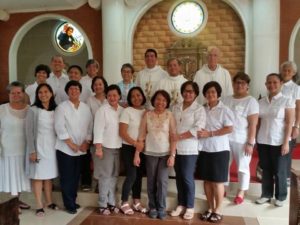 d Provincial Superior there. Fortunately for us, he left us in the able, spiritual hands of Fr. Dodong, who saw us through to the last session. Our sessions were faithful to the process recommended by the book, which comprised of a call, response, commitment and prayer, interspersed with comments from the facilitator and reflections-cum-sharing by each participant. We would realize later, shockingly to some, that the sessions were vehicles aimed to train us to be the facilitators of future courses. The shock would be replaced by nerves and later relief when the day arrived for us to conduct the sessions ourselves. The idea was to replicate the process elsewhere by those who have gone through the “ordeal.” Obviously a desirable torture because evidenced by many happy, voluntary repeaters. Two physical pilgrimages took us to a church in Laguna and a Monfortian property in Cavite, where we planted promises of trees, and an actual ascent to a hill in Bulacan, where we witnessed a priest plant a cross signifying half of our course crossed.
d Provincial Superior there. Fortunately for us, he left us in the able, spiritual hands of Fr. Dodong, who saw us through to the last session. Our sessions were faithful to the process recommended by the book, which comprised of a call, response, commitment and prayer, interspersed with comments from the facilitator and reflections-cum-sharing by each participant. We would realize later, shockingly to some, that the sessions were vehicles aimed to train us to be the facilitators of future courses. The shock would be replaced by nerves and later relief when the day arrived for us to conduct the sessions ourselves. The idea was to replicate the process elsewhere by those who have gone through the “ordeal.” Obviously a desirable torture because evidenced by many happy, voluntary repeaters. Two physical pilgrimages took us to a church in Laguna and a Monfortian property in Cavite, where we planted promises of trees, and an actual ascent to a hill in Bulacan, where we witnessed a priest plant a cross signifying half of our course crossed.
The big day was our consecration to Jesus, after nine months in the womb of the workshops, a culmination of what I deem as truly being born anew. It happened on Friday night at the Sto. Cristo de Montfort Quasi-Parish in San Jose del Monte City, Bulacan. A retreat preceded the ceremony where, upon arrival, we prayed a Marian rosary in church. After dinner, we trooped up to the meeting hall on the fourth floor to watch a film on spirituality.
From the garden, the congregation followed us as the priests led everyone back to the church. We stopped at the entrance where, standing, we kissed in turns the paschal candle, took a candle from Fr. Richard, lit it from the paschal one and recited the rest of the vow. Part two of the Mass commenced after the ritual.
Aptly, Fr. Richard’s homily recalled that the fall of man made necessary Mary’s emergence. Mary was the instrument in Christ’s incarnation, was with Him in His passion, death and resurrection and will figure again in His second coming. Therefore, the ongoing consecration ceremony is a preparation for the redemption of those who are desiring to offer their afterlife to Jesus through service on earth in the mold of Mary.
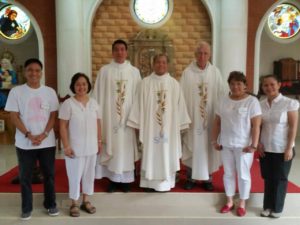 We lifted up our commitments during the offertory and sealed our consecration in a covenant signed on the altar witnessed by the priests, Fr. Richard, Fr.
Fr. Federick Yumang
and German concelebrant qFr. Edmund Jackel
.
We lifted up our commitments during the offertory and sealed our consecration in a covenant signed on the altar witnessed by the priests, Fr. Richard, Fr.
Fr. Federick Yumang
and German concelebrant qFr. Edmund Jackel
.
Fr. Richard thanked the community that came to partake of the Eucharist and wished us well. He cited the youth choir among them who reinforced the mini minstrels from the group tasked by Sis Ana Marie to sing at Mass. Sis Maricar, surprised by the short notice of pewmate Ana Marie, acknowledged with gratitude the organizers of the Journey including those who forayed into its midst happily.
After the customary photo-op, the priests marshalled us to retire to the refectory for a celebratory lunch. We were briefed afterwards by Fr. Fed, who gave us a heads-up on what to expect by way of life after consecration.
As in graduation exercises similar in form to this ritual, the briefing touched on the realities of beginnings. Without so much as giving a clue to every endeavour’s success, Fr. Fed underscored the necessity of keeping the fire aflame through regular reunions, personal reflection and continuous service to Christ and His church. Through Mary. Always.
However tinged with parting’s inevitable pinch, we made certain that there will be occasions to exalt future meetings. We exchanged telephone numbers and addresses and, as silently as this graduate did, whispers of seeing one another in prayer.
by Abraham de la Torre




